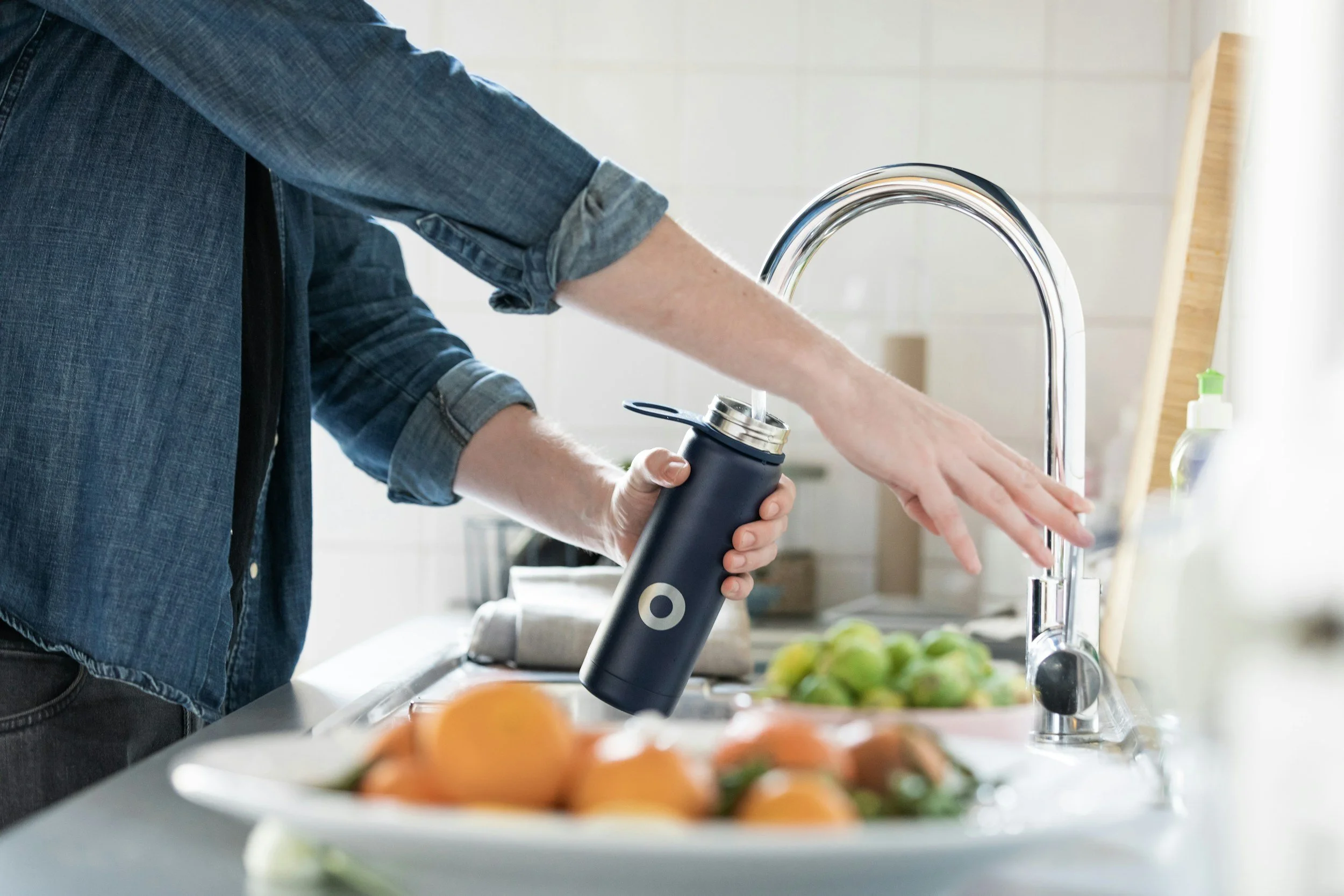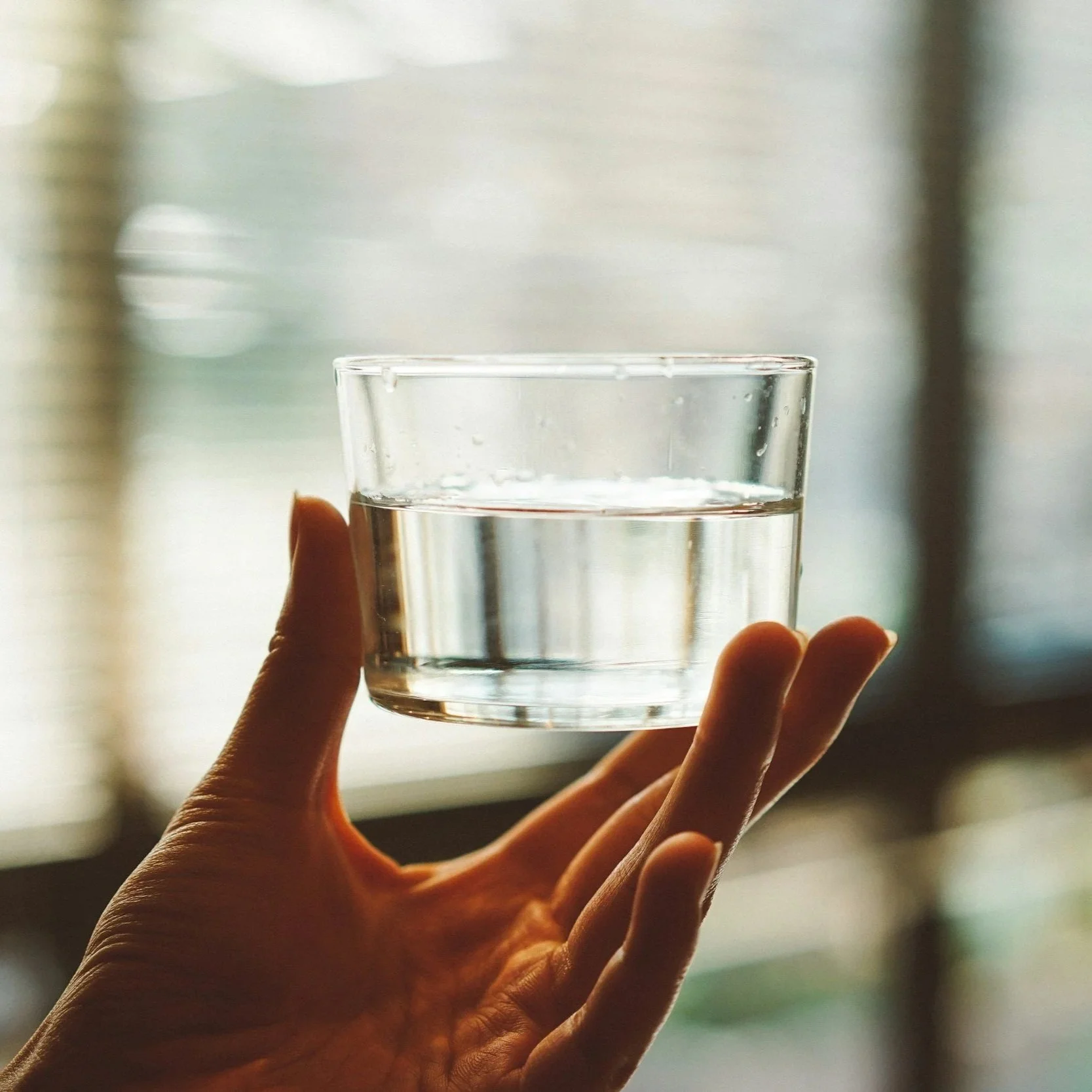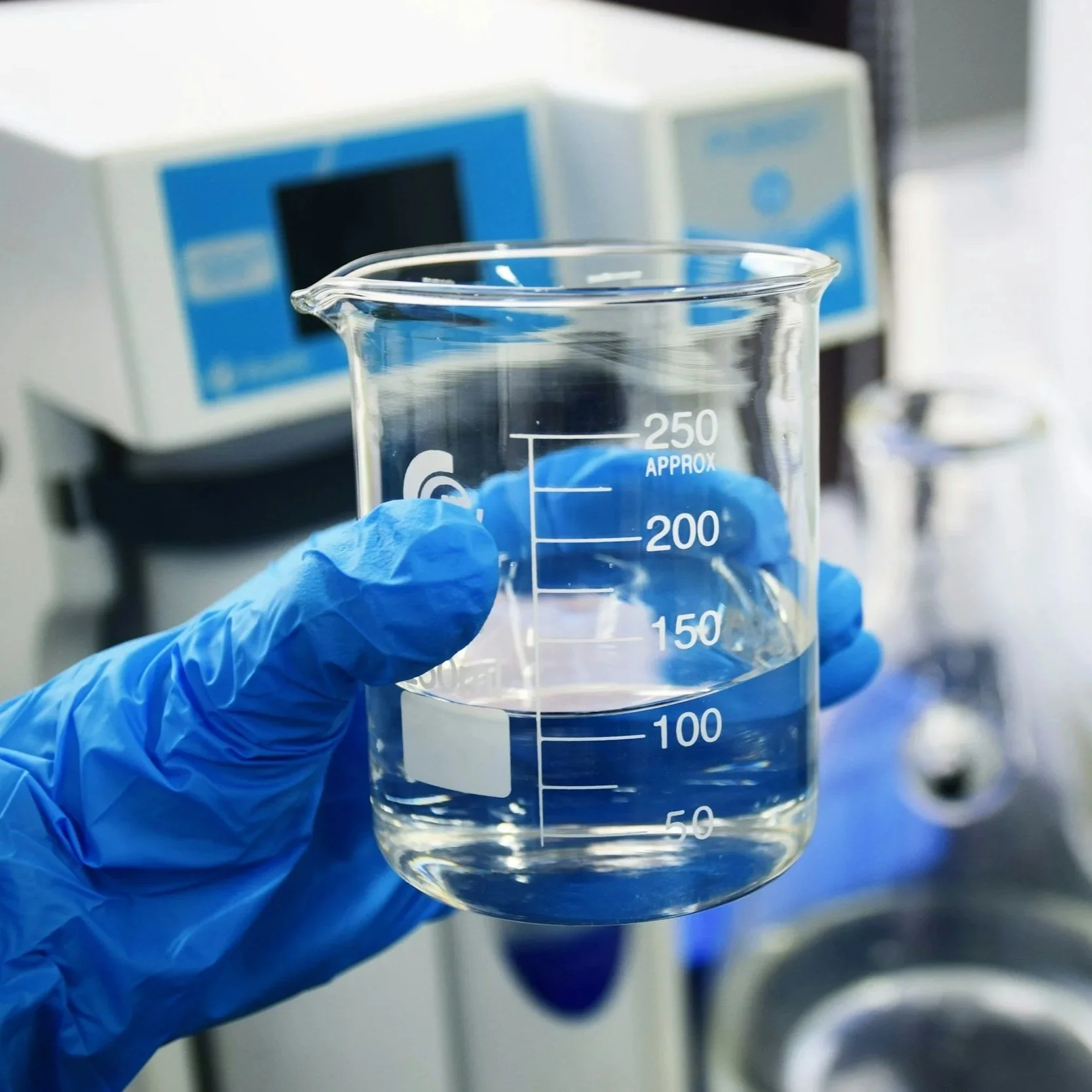
PFAS in Drinking Water
Are PFAS in my drinking water?
Drinking water is often a significant source of exposure to PFAS. Approximately 75% of U.S. public water systems have detectable levels of PFAS. (1) Health risks increase as the amount of PFAS in drinking water rises.
The Massachusetts Department of Environmental Protection (MassDEP) has established very low limits, known as Maximum Contaminant Levels (MCL), for the amount of PFAS permitted in drinking water.
Public water systems in Massachusetts must test for six PFAS. If repeated tests show that the combined total of these PFAS exceeds 20 parts per trillion, the water system must take action to reduce PFAS levels. Water systems can lower PFAS levels by closing wells, installing filtration systems, or connecting to new water sources.
The six PFAS that water systems must test for are: PFOS, PFOA, PFNA, PFHxS, PFHpA, PFNA, and PFDA. As shorthand, MassDEP refers to these chemicals as PFAS6. PFAS6 must be at or below 20 parts per trillion.
Twenty parts per trillion is a very small amount of PFAS, the equivalent of 20 drops of water in an Olympic-sized swimming pool.
The federal Environmental Protection Agency has established even lower limits for PFAS in public water systems, but the Trump Administration has decided to rescind some of these limits and delay others from taking effect until 2031. Even without federal action, the MassDEP is required to review its standards at regular intervals and is likely to lower its standards based on federal data on PFAS safety.
Where has PFAS been found in Massachusetts?
Ninety-six Massachusetts cities and towns have had PFAS6 above 20 parts per trillion.
In 2021, Sierra Club researched PFAS contamination and produced maps showing the extent of drinking water contamination across the state.
These maps show data on PFAS in source water. If a town has installed filters or closed contaminated wells, the PFAS in “finished water”—or water delivered to homes—will be lower than the PFAS at the drinking water source.
In 2024, the Sierra Club produced these updated maps, with additional information about PFAS in Massachusetts drinking water.
MassDEP has found PFAS in all of the state’s rivers and in lakes and ponds that it has tested. (2)
Image: MassDEP
How to find out if PFAS are in your water.
-
If you get your drinking water from a private well, you or the owner of your home can get the well tested. Costs range from $250 to $550.
Two testing options here in Massachusetts:
New England Chromachem is a Massachusetts-based laboratory, with a cost of $380.
Eurofins is a national company with labs in Massachusetts.
MassDEP has detailed guidance for well owners at Mass.gov’s Private Well Drinking Water Supplies FAQs.
-
If you obtain your drinking water from a public water system, contact your town’s Department of Public Works to request the PFAS test results for PFAS6. If the town’s water tests above 20 ppt for PFAS6, ask what steps the water supplier is taking to remove PFAS6 from your water.
-
You can also find your town’s test results at the Executive Office of Energy and Environmental Affairs data portal. These can be downloaded onto an Excel spreadsheet.
Select your town
Under “Chemical Name,” select “PFAS6” and hit search
Check for the latest test results.
Note whether the numbers are listed as F or R. R is raw water, and has not yet been treated. F is finished water, which has been through full treatment and is the water that comes out of your tap. This is the more important result. (If you have contaminated water in your town, but your town has installed filtration systems, you should see a high number under R and a lower number under F.)
Note: Test results posted on the state’s portal may not necessarily be from wells that are currently in use for drinking water. Water suppliers may have switched to different sources or may have upgraded their filtration systems to remove PFAS. Check with your local water supplier to help you interpret the results you find online.


